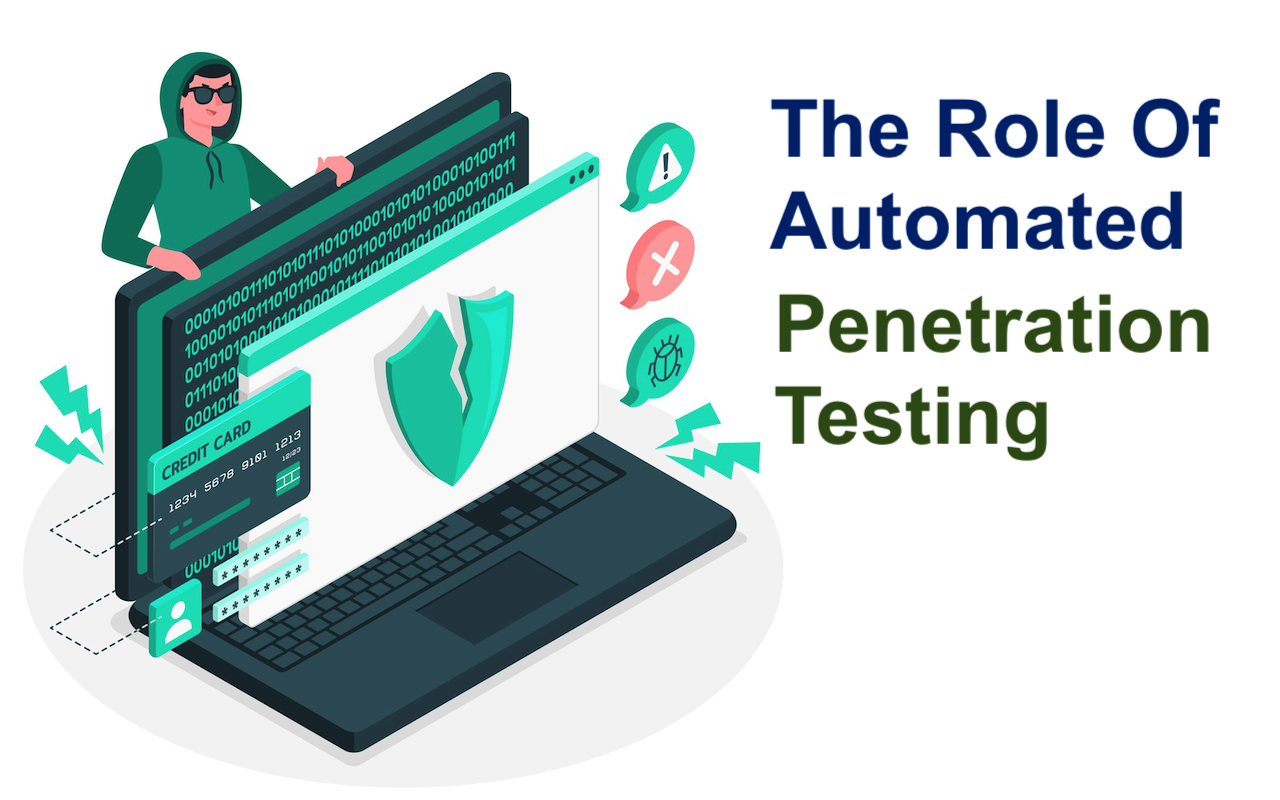
Businesses are not harnessing geolocation technologies to help optimize operations and services and enhance customer engagement. From analytics to sharing platforms, geolocation data plays an important role in delivering relevant experiences. However, with sensitive data, a responsibility for security should be in place, and cybersecurity is a necessity. Many modern tools, such as automated penetration testing, are used to identify any security gaps.
In this article, we will explore how geolocation data should be protected against cyber threats, the purpose of automated penetration testing, and how new technologies can enhance customer trust.
Geolocation Data: A New Frontier for Cyber Threats
Geolocation systems often collect and analyse data from GPS, Wi-Fi, cell towers and Bluetooth signals. These technologies help businesses track their assets, deliver content, improve business decisions, and introduce any new attacks from cybercriminals.
Malicious actors can exploit business vulnerabilities in location-based services (LBS) to spoof GPS signals and access user data. Geolocation spoofing can mislead tracking systems, and inadequate encryption can expose a user's location to unauthorized users.
Many businesses that handle vast amounts of sensitive information or location data, such as firms, app developers and IoT providers, would need to be aware of these malicious attacks and ensure there is a reduced risk of infrastructure vulnerabilities.
Enter Automated Penetration Testing
Traditional penetration testing is known as a manual system, which can be time-consuming and can only be performed a few times a year. Automated penetration testing which offers continuous, scalable and intelligent testing solutions for organizations to develop techniques against real-time attacks. Emulating threat actors can ensure that businesses can discover any vulnerabilities before they are exploited in workflow operations.
Automated tools help assess security postures by working with internal networks, endpoints, applications, and cloud environments. This is important for geolocation-powered services that work with disturbed services and endpoints.
Many automated penetration testing solutions offer effective security control, supporting the ability to reduce attacks and develop a reliable cybersecurity strategy to enhance security levels.
Why Geolocation Tech Needs Cyber Resilience
Let’s look at an example: A global delivery platform that relies on geolocation tracking to update customers about their parcel location. A breach of exposing this could reveal personal privacy and business information. An automated penetration testing solution can work to uncover vulnerabilities, unpatched servers and insecure APIs.
Here are some ways in which automated testing can help protect systems within the geolocation context:
- Receive real-time updates through mobile devices.
- Geo-fencing systems that trigger actions based on user location.
- Location-enabled tracking systems, such as IoT devices and fleet trackers.
- Backend data stores for real-time locations.
The support of automated penetration testing can help support geolocation data to stay secure against modern threats and ensure businesses can continue to grow.
Continuous Validation in a Fast-Moving World
The world of cyberattacks is growing every day, and sometimes, one assessment isn’t enough. This is where continuous validation comes into play, testing defenses on an ongoing basis, which is important for geolocation services.
A report by Gartner noted that automated security validation is a top trend in cybersecurity today. Businesses are using these evolving proactive approaches to develop secure measures and security. Many modern solutions are working to test systems against ransomware attacks and ensure there is a reduced risk of exposing any vulnerabilities which may affect operational systems.
The Bigger Picture: Regulatory Compliance and Brand Trust
Data privacy regulations such as GDPR, CPPA and other systems are working to maintain security systems and ensure businesses follow regulations. Location data falls under personally identifiable information (PII), which focuses on improving handling or breaches which can result in legal consequences.
In addition, trust is important for customers, too. Consumers and customers are becoming more aware of how and where their data is stored. Looking into robust security practices through automated testing and monitoring is essential for trust with long-term customers.
How to Get Started
Businesses should look into integrating automated penetration testing into their geolocation tech systems; this is the first step in implementing security practices into current systems. Identify high-risk assets such as dashboards and customer location data to prioritize them within testing cycles.
Then, businesses should implement a platform that supports scalable testing. Many automated solutions now offer full-stack testing capabilities without disturbing operations. This helps to align with DevSecOps workflows and helps to integrate seamlessly with current security infrastructure.
Conclusion
In a world of geolocation, which is the foundation of many digital services, cybersecurity is continuing to evolve. Automated penetration testing is not just about security; it’s about supporting businesses. By proactively identifying risks, businesses can unlock the new security potentials of location-based technologies without compromising trust and compliance.
Expand your business with the support of automated penetration testing within the geolocation landscape in 2025.
Featured Image by Freepik.
Share this post
Leave a comment
All comments are moderated. Spammy and bot submitted comments are deleted. Please submit the comments that are helpful to others, and we'll approve your comments. A comment that includes outbound link will only be approved if the content is relevant to the topic, and has some value to our readers.

Comments (0)
No comment